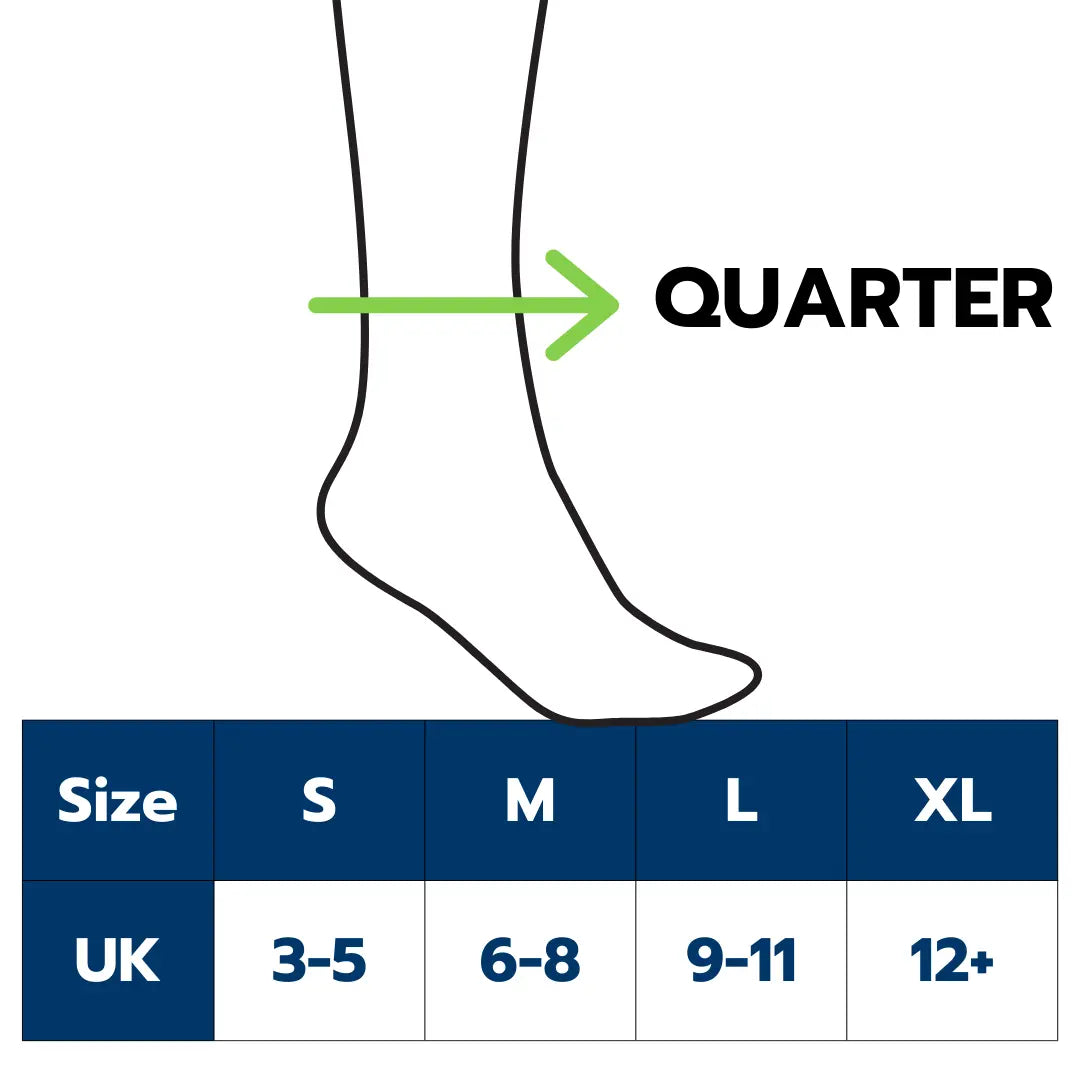
When Do Winter Rules Start in Golf? A Guide for Golfers
As temperatures drop and golf courses start to feel the effects of winter weather, many golfers begin to wonder: when do winter rules start in golf?
Winter rules, also known as "preferred lies" or "lift, clean, and place," allow golfers to improve their lie on the fairway due to adverse conditions caused by wet, muddy, or frosty weather. These rules are typically implemented to ensure fairness and maintain the quality of play when the course isn't in its best condition.
Let’s dive into when winter rules usually start, why they’re needed, and what they mean for your game.
When Do Winter Rules Typically Start?
Winter rules do not have a fixed start date, as they depend on the specific conditions of each golf course and region. However, they generally begin when:
- The course becomes soft and wet due to rain or frost: When the fairways become soggy, muddy, or prone to frost, winter rules are often implemented to protect the course and make play fairer for golfers.
- Golf courses begin experiencing frost delays: In colder climates, winter rules may start as soon as frost delays become frequent. Frost can make the course harder to navigate and lead to unpredictable bounces, affecting the fairness of play.
- During the late fall and winter months: Typically, winter rules are introduced in late fall and continue throughout the winter. Depending on your location, this could be anywhere from October to March or April, when course conditions are most affected by weather.
- When club committees or tournament organizers decide: The implementation of winter rules is often at the discretion of local golf clubs or tournament organizers. They’ll assess the course conditions and decide if winter rules should apply.
Why Are Winter Rules Necessary?
Golf courses are more vulnerable to weather damage during the winter months. Soft ground, wet fairways, and frost make it difficult to maintain the usual standards of play. Winter rules help to:
- Prevent damage to the course: Allowing players to improve their lie can minimize the risk of tearing up fairways, helping the course recover more quickly when conditions improve.
- Ensure fairness: On wet, muddy courses, balls can embed in the ground or rest in unfair lies. Winter rules ensure golfers aren’t penalized by poor course conditions outside of their control.
- Enhance playability: During winter, courses may become waterlogged, leading to muddy, slushy conditions. Winter rules allow golfers to avoid these areas, improving the overall playability of the course.

7 reviews
Wallington - Waterproof Cold Weather Socks
Regular price
£22.99
Regular price
Sale price
£22.99
Unit price
/
per





What Are Winter Rules?
Winter rules vary slightly depending on the club or course, but the most common form is "preferred lies" or "lift, clean, and place." Here's how it typically works:
- Lift, Clean, and Place: If your ball is on a closely mown area of the course, such as the fairway, you are allowed to mark the ball’s position, lift it, clean it, and place it back within a specified distance (often six inches or one club-length) of where it originally lay, no closer to the hole. This gives you the chance to improve your lie if the course conditions are poor.
- Embedded Ball Rule: In wet or muddy conditions, golf courses may allow you to lift and clean your ball if it is embedded in its own pitch mark. This rule usually applies to both the fairway and rough.
- Ball in Standing Water or Mud: If your ball ends up in a particularly muddy or waterlogged area, winter rules may allow you to take relief by dropping the ball in a dryer area without penalty.
How Long Do Winter Rules Last?
Winter rules typically remain in place as long as the course is subject to poor conditions. In some regions, this can last for several months during the winter season, while in others, it may only be necessary for a few weeks in late fall or early spring.
The decision to end winter rules is again made by the local golf course or competition organisers, based on when they believe the course can be played without them.
How to Play with Winter Rules
Playing under winter rules may seem a little different, but they’re designed to improve your experience. Here are some tips for navigating golf with winter rules:
- Check with your club: Always confirm with the course or tournament if winter rules are in effect before you start your round.
- Understand the local rule: Winter rules can vary from course to course, so make sure you understand how far you’re allowed to move your ball, which areas of the course are affected, and whether preferred lies apply only to the fairway or include the rough as well.
- Take advantage: Winter rules are designed to help you, so use them! Lift, clean, and place your ball in a position that gives you the best possible lie, improving your chances of making a good shot.
Conclusion
Winter rules generally start when weather conditions cause the course to deteriorate, making it necessary to allow players some leniency in improving their lie.
While there is no specific date for the start of winter rules, they’re commonly introduced in late fall or early winter and remain in effect until conditions improve. Golfers should always check with their club or course to know when winter rules are in effect and how they apply.
Playing golf in winter doesn’t have to mean suffering through poor lies and difficult conditions. With the help of winter rules, you can keep your game enjoyable, even in the toughest weather.
